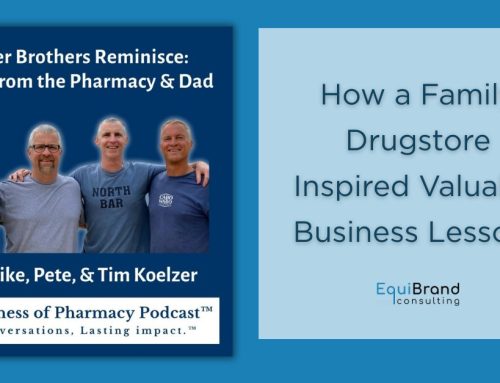Upstream marketing refers to the strategic process of identifying and fulfilling customer needs. Based on extensive analysis and real-world projects, we identified seven upstream marketing best practices that distinguish high-performing brands. Specifically, best-in-class marketers:
- Are maniacally focused on the end customer. Google considers itself an engineering company, Amazon a retailer, and Disney a media and entertainment company. Dig deeper, though, and the unifying element is their commitment to customer-centricity. Upstream marketing winners define their markets broadly in customer terms.
- Use a segmented view of the consumer, market, and potential opportunities. Best-in-class companies have clear sense of purpose in defining their business, and then slice and dice markets into manageable segments. This allows them to identify strategic opportunities, pursue beachhead targets, demonstrate success and expand the business over time.
- Develop relevant and distinctive value propositions at the company, division, and product level. They think in terms of customer benefits with a focus on the total customer experience. They employ creativity and design thinking to identify customer-driven solutions and then work backward to deliver solutions.
- Elevate brand-building to the highest levels of the company. Top executives are involved in, comfortable with and committed to brand development. They know how to craft and manage a portfolio of brands, understand brand extension and build a deep, shared meaning of the brand internally and with customers. Brand is a boardroom topic.
- Deliver a consistent stream of innovative products and services, supported by rigorous strategy and planning. Guided by insight and an identity, similar methods – focused ideation, iterative concept development, prototyping, business screening – are used to drive growth. Each profile company has its own innovation process, though the principles are identical.
- Instill a strong culture that rewards growth, risk-taking, and customer expansion. A commitment to insight, identity and innovation starts at the top. They recognize and promote individual leaders which perpetuates a common culture throughout the organization.
- Integrate and implement, using a process-based view that puts the customer first and breaks down silos. While a functional orientation is useful for managing work activities, it gets in the way of the ideal customer experience.




















Follow EquiBrand